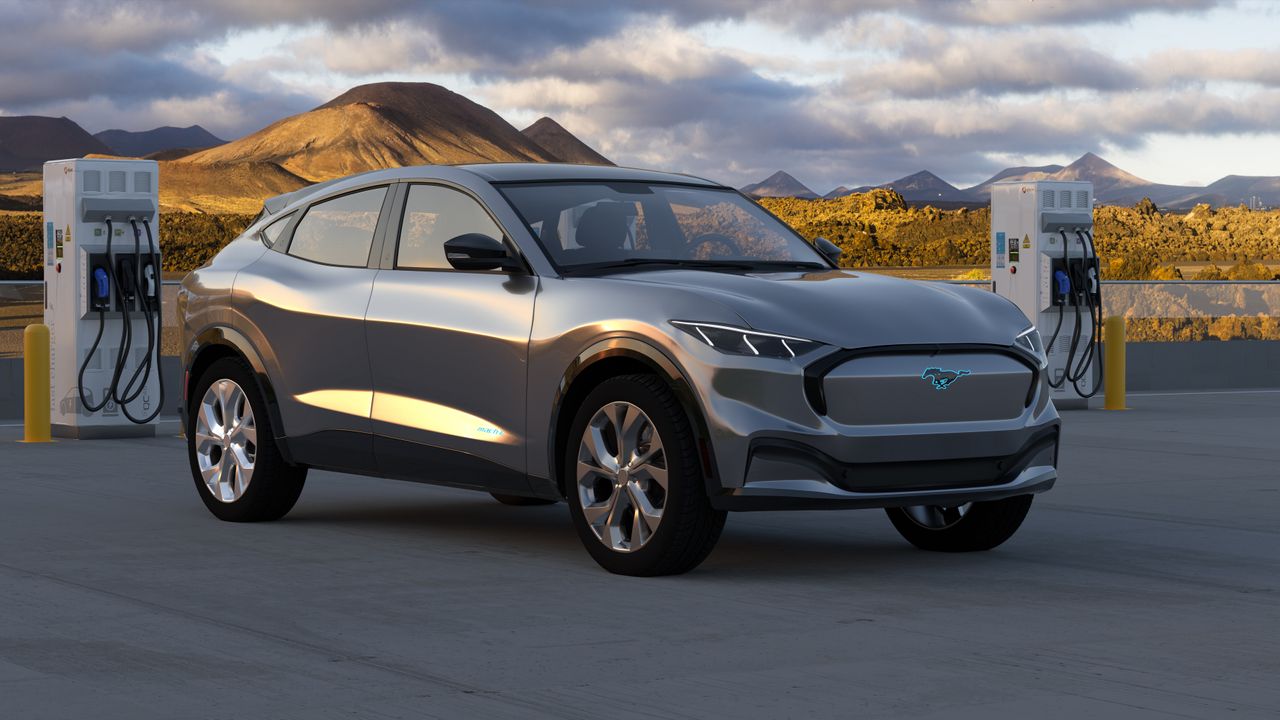Battery Technology and Advancements in Electric Vehicles
Electric vehicles (EVs) have gained significant popularity in recent years as a more sustainable and eco-friendly mode of transportation. One of the key factors driving this surge in EV adoption is the continuous advancements in battery technology. In this article, we will explore the latest developments in battery technology, including solid-state batteries, charging technology, and energy density.
Solid-State Batteries
Traditional lithium-ion batteries have been the go-to choice for EVs due to their high energy density and relatively low cost. However, solid-state batteries are emerging as a promising alternative that could revolutionize the industry. Unlike lithium-ion batteries, which use a liquid electrolyte, solid-state batteries utilize a solid electrolyte.
The use of a solid electrolyte offers several advantages. Firstly, it eliminates the risk of thermal runaway and fire hazards associated with liquid electrolytes. Solid-state batteries are also more energy-dense, allowing for longer driving ranges. Additionally, they have a longer lifespan and faster charging capabilities compared to their liquid electrolyte counterparts.
While solid-state batteries are still in the research and development phase, several companies are making significant progress in this field. Toyota, for instance, aims to commercialize solid-state batteries by the early 2020s, offering EVs with improved range, safety, and charging times.
Charging Technology
Charging infrastructure plays a crucial role in the widespread adoption of EVs. As technology advances, so does the charging technology. The two main types of EV charging are AC (alternating current) and DC (direct current) charging.
AC charging is commonly used for home charging and slower public charging stations. It converts AC power from the grid into DC power to charge the vehicle’s battery. On the other hand, DC charging, also known as fast charging, provides a higher charging rate by bypassing the vehicle’s onboard charger and directly supplying DC power to the battery.
Rapid advancements in DC charging technology have significantly reduced charging times. For example, Tesla’s Supercharger network can provide up to 170 miles of range in just 30 minutes of charging. This has alleviated one of the main concerns of potential EV buyers – the fear of running out of charge on long journeys.
Energy Density
Energy density refers to the amount of energy that can be stored in a given volume or weight of a battery. Higher energy density means more energy can be stored, resulting in longer driving ranges for EVs. Improving energy density is crucial for the widespread adoption of EVs, as it allows for longer trips without the need for frequent charging.
Advancements in battery chemistry, such as the use of higher-capacity cathode materials like nickel-rich lithium-ion, have significantly increased energy density. These improvements have led to EVs with ranges exceeding 300 miles on a single charge, making them more comparable to traditional internal combustion engine vehicles in terms of driving range.
Furthermore, ongoing research and development in battery technology aim to push the boundaries of energy density even further. This includes exploring new materials, such as solid-state electrolytes, and novel battery architectures to maximize energy storage capabilities.
Conclusion
Battery technology is at the forefront of the electric vehicle revolution. The advancements in solid-state batteries, charging technology, and energy density are driving the transition towards a sustainable and greener future. As these technologies continue to evolve, we can expect even more efficient, longer-range, and faster-charging electric vehicles to become the norm.
